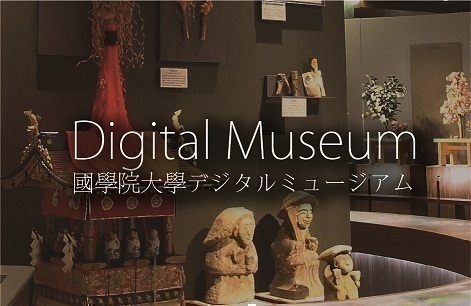- トップ
- Encyclopedia of Shinto
- Zassai
Encyclopedia of Shinto
| Main Menu: | |
| Links: |
詳細表示 (Complete Article)
| カテゴリー1: | 5. Rites and Festivals |
|---|---|
| カテゴリー2: | Shrine Rituals |
| Title | Zassai |
| Text | The category of zassai groups together all the shrine celebrations which are not subject to the Regulations of the Association of Shinto Shrines (Jinja honcho). The term means "miscellaneous festivals" and the word is similar to Zōka (which is a collection of assorted, unrelated tanka in Manyōshū). Also referred to as "various festivals" (shosai). During the time when shrines were placed under state control, shrine rites were governed by an imperial edict titled Regulations on Lesser Shrines (Kankokuheisha-ika-jinja-saishirei), but in the postwar era, taisai, chūsai,shōsaiand other rituals became regulated through the Regulations on Shrine Observances (saishi kitei) of the Association. All rites other than those stipulated in these regulations are considered zassai. They include life cycle rites, construction rites, calendrical rites, and a wide variety of miscellaneous rites. Among the life cycle rites are those for safe childbirth, naming rites, rites for a newborn child's first visit to a shrine (hatsumiyamōde), children's visit to shrines at age three, five and seven (shichi-go-san), a "life purpose" festival (risshi-sai), the coming-of-age festival, weddings, rites to ward off negative astrological influences (yakuyoke), rites to celebrate reaching an advanced age (sangasai), Shinto funerals (shinsōsai), ancestral rites(soreisai), etc. Construction rites include ground purification rites (jichinsai), rites for laying a foundation (teisosai), roof-raising ceremonies (jōtōsai), and shrine construction. There are numerous minor rites associated with the regular reconstruction of shrines (shikinen sengū) at the Grand Shrines of Ise, performed from the stage of tree felling and later as building advances. These include the yamaguchisai, konomotosai, misoma hajimesai, mifunashirosai, kozukuri hajimesai, chinjisai, ritchūsai, gogyōsai, jōtōsai, nokitsukesai, irakasai, mitosai, mifunashiro hōnōsai, araikiyome, shin-nomihashirahōken, kozukisai, and gomonsai. A wide variety of rites are concerned with construction and shipbuilding, such as finishing construction work for a bridge (watarihajime), road or railway (kaitsūshiki), laying down of the keel of a ship, completing a waterway, or installing a protective deity on a ship. Calendrical rites include the traditional start of spring (setsubun sai), hatsu-umasai, chinowa-shinji (ōharae shiki), jūgoyasai, osusuharai-jinjii, and others. Other rites are related to rice cultivation, including purification of a field (suiden-kiyoharai), planting dry crops (hanshusai), rice planting (tauesai), rice harvesting (nuibosai), etc. Rites to pray for traffic safety and safety in the home that are conducted at shrines also belong to the zassai category. Ceremonies related to the performance of zassai are called zassaishiki. Although these rites vary from one region or shrine to another and efforts are made to maintain traditions, practices are becoming increasingly similar. While the general purpose of shrine rites is to pray for peace and safety in the country, zassai are as a rule concerned with individuals or households. — Mogi Sadasumi |




